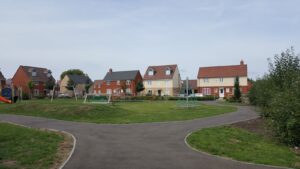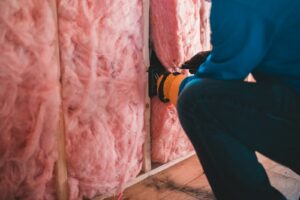Acuity
I met someone recently who has a visual impairment. His central vision is gone. His peripheral vision is diminishing. He is in his early thirties. Born with perfect vision, the transformation from a known familiar world to a new one has not been easy. There has been grief. There has been struggle. But, there has been will.
This man now has a Phd. He studied the urban environment of Glasgow. He knows every nuance, every corner, every bit of it. He sees his way in his mind’s eye. He describes it with a wisdom. This is the kind of knowledge typically passed between generations. He has accumulated it in matter of a short few years. It is a place knowledge.
There are nearly two and half million people with a visual impairment in the UK. This is set to rise. Circumstance, obesity, ageing all take their toll. For these people, navigation through the city is a daily challenge. The clutter and disorder of how we manage the space of the city makes it difficult to get about. Part of their process of arriving somewhere is recovering from the journey of doubt, fear and uncertainty.
About 30% of people with visual impairment never leave their house.
Visual acuity is about clearness of vision. Usually, it is enabled through the eyes. You see, you believe, you act. Another form of acuity is through culture, through shared learning, expectation, intergenerational transfer of wisdom. This stuff happens in places. This accumulation of history is mediated by the here and now. This shapes the vision of the future. It enables pathways to be opened up, taken or dismissed. Some take the high road. Some take the low road. Some don’t move at all.
I had two meetings recently about pathways. One was to do with employability. It was about the supported paths people can take towards employment. It is about seeing the potential in people and backing them. This is about validation, and trust. It is about honesty, and setting rules on both sides, a shared set of norms. This stuff can be unlocked in places. The second discussion was about entrepreneurship. This was about behaviours, enterprise behaviours. It was about rooting the decision to be an entrepreneur not in profit maximizing, but in interest, in the set of motivations deep within a person: the motivations that drive.
All these discussions came together in a map. The map is a graphic created by a Scottish dance company called Plan B Creative. Their programme for a performance called a ‘Wee Home from Home’ was a tube map. It showed the life choices of each of the participants presenting the performance. It showed people starting somewhere, then changing direction. Some changed paths. It showed how chance meetings with others shaped new opportunities. These points of interface between life paths were represented as tube stops, platforms for decisionmaking. The graphic is amazing because you are invited into people’s lives in a curious way. You see where they are now as a consequence of where they have been. Few expected, I imagine, that they would end up in a small place in the Scottish Highlands, a big platform enabling them to meet their potential in different ways.
Maybe places that work are about pathways. For the pathways to work, there needs to be a collective visual acuity. People need to see, to believe, to act.















